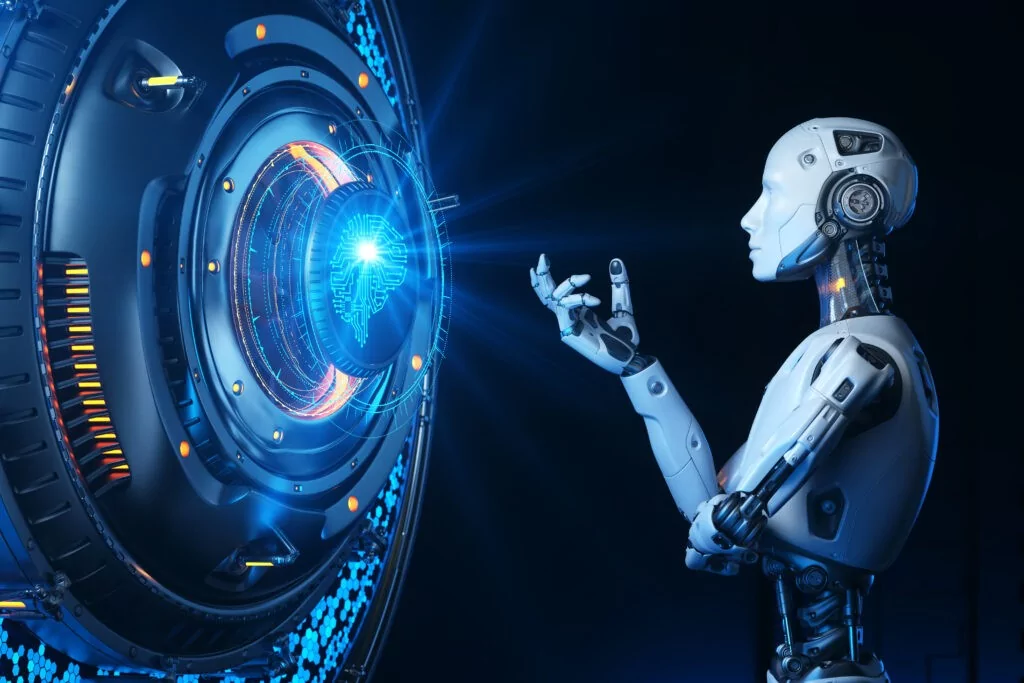In 2025, India has become a global hub for cutting-edge artificial intelligence innovation. Every top AI development company in India is helping businesses transform their operations through automation, predictive analytics, and smart data insights. Whether you’re looking for an experienced AI developer in India or exploring end-to-end AI development services in India, the country offers unmatched talent and cost-effective solutions that empower digital transformation worldwide.
- India’s Rise as an AI Powerhouse
Take a look at the tech scene in India. From Bangalore’s busy startup culture to Hyderabad’s massive IT hubs, the country is packed with AI development companies that actually get it. These teams handle everything—machine learning, predictive analytics, natural language processing—and they serve everyone from tiny startups to global giants. Their services scale as you grow, and their standards match up with the best in the world.
What’s fueling all this? A strong tech ecosystem, serious government investment in AI research, and a deep pool of talented developers. India’s become the place people look to when they want real AI innovation.
- Skilled Talent, Real Value
Here’s the thing: Indian AI developers know their stuff, especially when it comes to Python, TensorFlow, PyTorch, and building custom solutions for just about any industry. You get top-tier technical skill without spending a fortune. That’s a big deal for businesses watching the bottom line.
When you work with an AI development company in India, you’re not just cutting costs—you’re building smarter tools, sharper data models, and powerful AI-driven applications. All without breaking your budget.
- A Full Stack of AI Services
India’s best AI companies don’t just do one thing. They offer the whole range:
Predictive analytics and machine learning models
Chatbots and natural language processing
Image and voice recognition
AI-powered automation for business processes
With these tools, businesses make faster decisions, deliver better experiences for customers, and run their operations more efficiently—thanks to insights pulled straight from their data.
- Trusted Worldwide
People trust Indian tech teams. Big brands from all over the world keep coming back because these companies deliver on time, play by strict data security rules, and make collaboration easy. Indian developers are great communicators and agile project managers. Working across time zones or cultures? Not a problem.
- Looking Ahead: India’s AI Future
The Indian government keeps pushing AI education and infrastructure, so the talent pool just keeps getting stronger. Programs like Digital India and new AI research centers are driving fresh ideas in healthcare, fintech, retail, logistics—you name it.
As AI becomes part of everything, picking the right AI partner in India doesn’t just help you keep up. It puts you ahead.
The Bottom Line
If you want to scale up fast and stay smart in the digital age, hiring an AI developer in India just makes sense. You get innovation, expertise, and solid value—all in one place. That’s how you stay competitive in 2025 and beyond.




